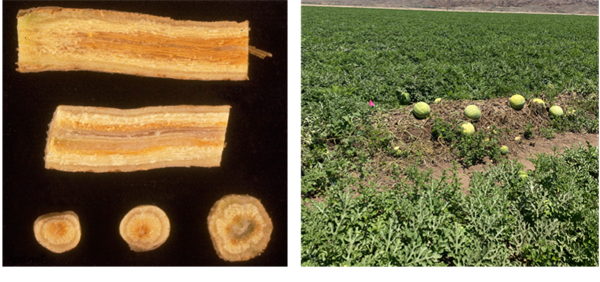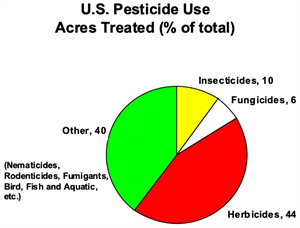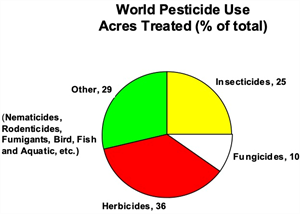-
Apr 17, 2019Whiteflies Management on Spring Melons
With the spring melon season progressing smoothly, PCAs should start thinking about whiteflies. Overall, whitely populations are quietly becoming abundant on spring melons. We can easily find adults on melons located at the Yuma Ag Center, and reports from local PCAs suggest that adult populations are beginning to show up on older plantings. As temperatures increase and crops/weeds mature, avoidance of excessive feeding from whitefly nymphs should be a primary concern on all melon types. Honeydew and sooty mold contamination on fruit of cantaloupes, mixed melons and watermelons can significantly reduce quality and marketability. Now that whitefly adults are becoming noticeable in a number of locations, PCAs should be diligent in their monitoring and sampling. Our research has shown that to prevent fruit yield and quality losses on spring melons, a foliar insecticide treatment should be applied on threshold; that is, when leaves have greater than 2 adult whiteflies per leaf, when averaged across an entire melon field. At this level of adult abundance, immature populations should just be starting to colonize, and timing sprays based on the adult threshold has been shown to significantly reduce the chance of yield / quality loss during spring harvests. This threshold applies for the use of recommended IGRs (Courier, Knack, Oberon), foliar applied neonicotinoids (Assail, Venom, Scorpion), dimaides, (Exirel and Minecto Pro) and the new feeding disruptors (PQZ and Sefina). For more information, go to these documents on IPM and Whitefly Management, Whitefly Action Thresholds on Spring Melons, and Whitefly control Options, be aware of honey bees and other pollinators in or around melon fields. If bees are present, be sure to carefully read labels and determine the products bee safety before applying any pesticide in a melon field. If applications are necessary during bloom, only apply a product that is considered bee safe (e.g., PQZ, Sefina, Sivanto, Assail). We also recommend that insecticides only be applied when honey bees are not actively working in the field (e.g. 10:00 pm – 3: 00 am).
 To contact John Palumbo go to: jpalumbo@ag.Arizona.edu
To contact John Palumbo go to: jpalumbo@ag.Arizona.edu














